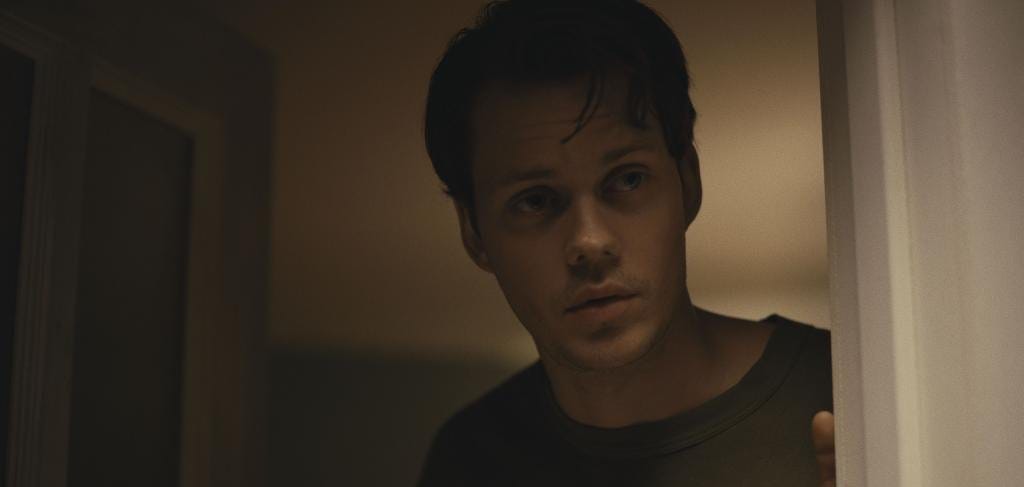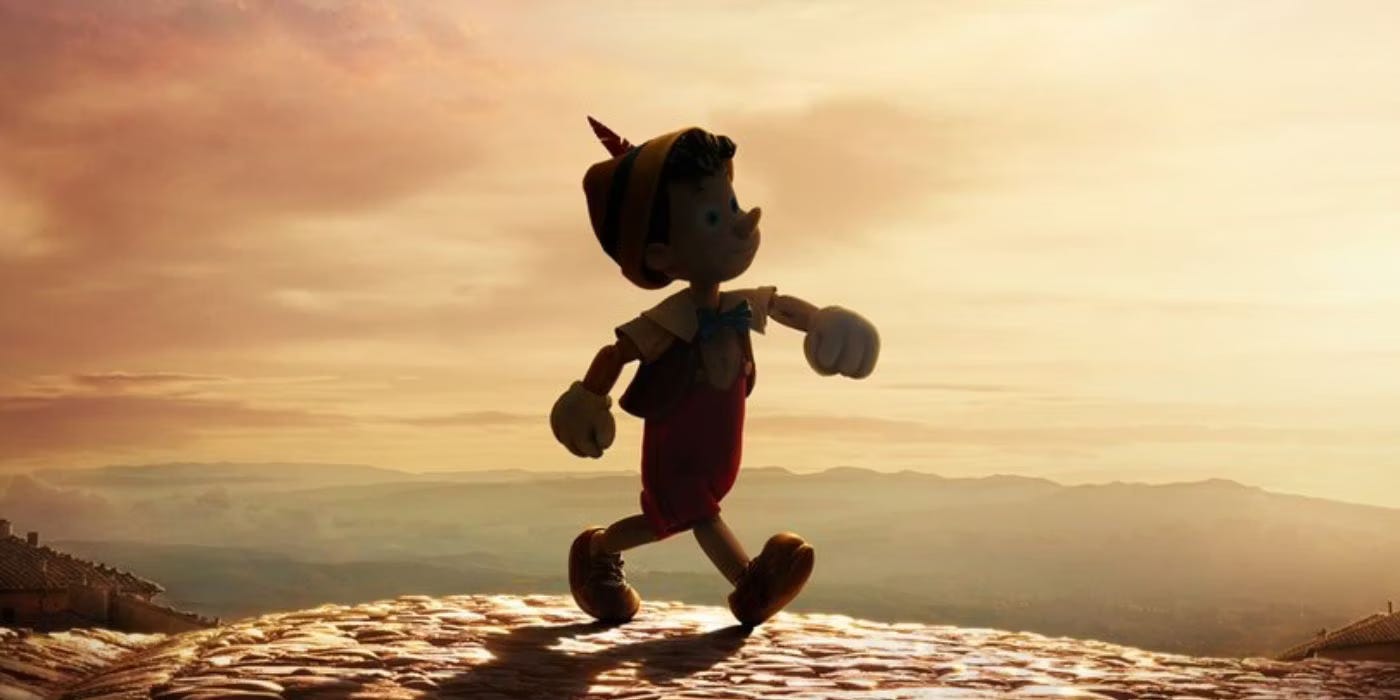In Review: 'Barbarian,' 'Pinocchio'
An Airbnb arrangement takes a turn in a clever new thriller while Robert Zemeckis fails to bring a wooden puppet to life.
Barbarian
Dir. Zach Cregger
102 min.
It may seem too early to call it, but the mostly clever and unnerving horror film Barbarian is a first-ballot candidate for the “DON’T” Hall of Fame. Don’t stay at an Airbnb in a Detroit neighborhood flanked on all sides by abandoned and condemned houses. Don’t agree to spend the night when that same Airbnb has been double-booked and the other guest is a courteous Norman-Bates-with-a-bachelor’s-degree type. Don’t try to wake the stranger when he has night terrors. Don’t go down the basement stairs. And certainly don’t open any mysterious doors.
The difference between Barbarian and lesser “Don’t” films is that writer-director Zach Cregger is careful to justify all of the seemingly poor decisions his characters make. Audiences may scream at them anyway, but it won’t be because someone inexplicably starts running upstairs rather than through a door to get away from a killer. When Tess Marshall (Georgina Campbell) arrives on a stormy night to stay before a job interview in the morning, she’s slow to trust Keith (Bill Skarsgård), the affable guy who booked the same place. She agrees to come inside to work out the problem, but she refuses his offer for tea, locks every room she enters, and diligently searches for hotel vacancies in the area. When no good options surface, she agrees to sleep in the bedroom while Keith takes the couch, but only after she practices an abundance of caution. She’s not an idiot. We just know how horror movies work.
The question about Keith’s true intentions hovers over the early part of Barbarian, but it’s really just the starting point for a film that’s loaded with misdirection, red herrings, and dramatic shifts in the plotting. To give away much more than the basic premise would be to spoil Cregger’s devious plot machinations, which are less about establishing a single scary situation than pulling back the curtain on new revelations that send the film careening toward unexpected dangers. Cregger is a tonally adventurous filmmaker, eager to shift gears in a cut and bring in unexpected moments of black comedy or political commentary. Whenever you think you have the film pinned down, it shape-shifts into something else. It’s a wild ride.
The more we learn about the world of Barbarian, however, the less gripping it becomes, which is the danger of constructing movies like mystery boxes. The setting so closely resembles the ravaged Detroit of 2016’s Don’t Breathe that it’s hard not to remember how much more viscerally and angrily the earlier film treated its urban wasteland. By comparison, Barbarian feels more like a modern, gory Twilight Zone scenario—conceptually striking and a little eerie, but limited by its own cleverness. Don’t expect a masterpiece. — Scott Tobias
Barbarian opens tomorrow at theaters everywhere.
Pinocchio
Dir. Robert Zemeckis
105 min.
With 1988’s groundbreaking Who Framed Roger Rabbit, Robert Zemeckis created a world in which live action and animation lived convincingly side-by-side in a shared world. Though few films have directly revisited its hand-drawn-animation-meets-flesh-and-blood-actors approach, we’re now living in a cinematic world Zemeckis helped create, one in which the line between what’s real and what’s tweaked or created wholesale by special effects artists isn’t always clear. Zemeckis kept pushing what effects could do with follow-ups like Death Becomes Her and Forrest Gump and spent much of the ’00s exploring, with mixed results, the possibilities of motion capture. He’s been a pioneer even when he’s headed in the wrong direction, so part of what makes his new take on Pinocchio so disappointing is how content he seems to rely on the same sort of familiar CGI tricks that have made most of Disney’s other live-action (or “live-action”) remakes of its animated classics such a bore.
This Pinocchio offers the worst of both worlds. When not recreating famous images from the classic 1940 film, it attempts to liven up the original Disney version with touches like Honest John (voiced here by Keegan-Michael Key) calling Pinocchio (Benjamin Evan Ainsworth) an “influencer.” The elements that imitate the old — like the 3-D modeling of the original film’s Pinocchio and Joseph Gordon-Levitt’s not-quite-right imitation of Cliff Edwards’ Jiminy Cricket voice — make this feel like an awkward imitation. But most of the new elements — particularly the new songs by Alan Silvestri and Glen Ballard but also touches like Pinocchio water skiing — don’t work either. (The closest thing to an inspired touch is the reimagining of Pleasure Island as a dark twist on a Disney-style theme park.) What’s more, the effects — alternately murky and unreal looking — are several steps back from the cutting edge. That leaves a film seemingly destined to fill out a high-profile slot on Disney+, where it’s debuting, while satisfying no one. Except those who want to see Tom Hanks mumble-singing in a broad Italian accent beneath a lot of facial hair. They’ll love it. —Keith Phipps
Pinocchio (2022) is now streaming on Disney+ (and so is Pinocchio (1940)).









Are we ready for a cultural reappraisal of Death Becomes Her yet? Because I rewatched it recently and DAMN that is a great movie! God bless Meryl Streep for bringing 32-time-Oscar-winner energy to every joke. It's also a very interesting outlier for Bruce Willis- a little glimpse at this other career he could have had.
I'm ready to google spoilers for Barbarian. The trailer has been in heavy rotation at the Alamo Drafthouse for the past few months, and even though I normally like horror and suspense, even the trailer is a bit too much for me.
So Hanks doubling down on doing terrible accents in movies now?